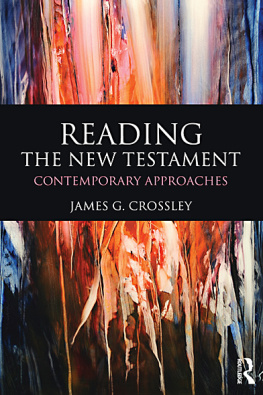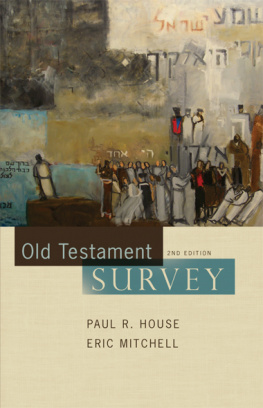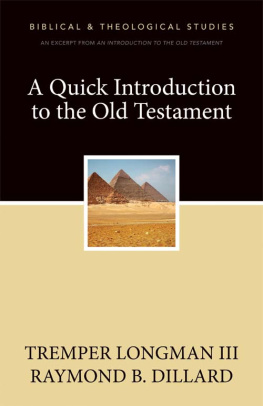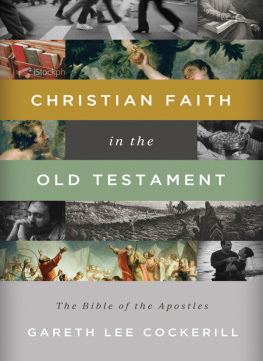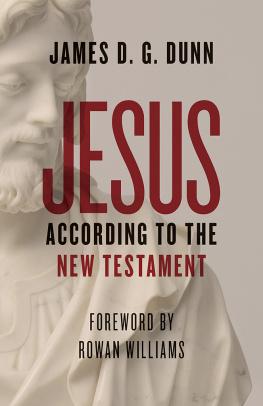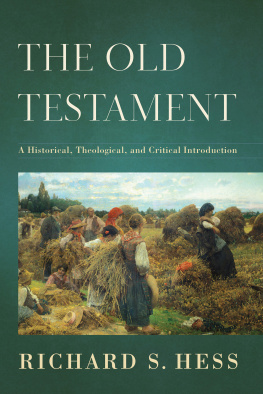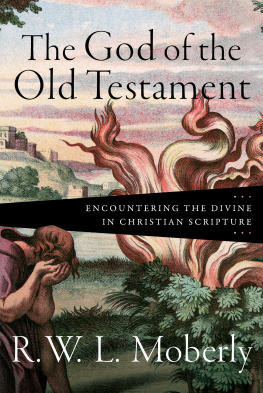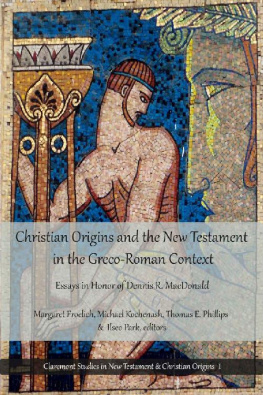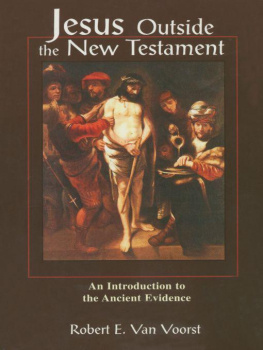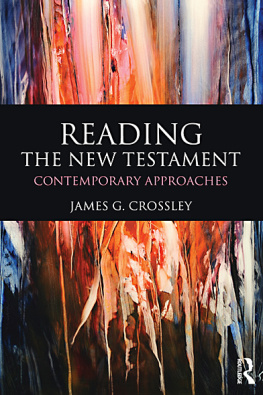Reading the New Testament
Reading the New Testament offers an exciting and contemporary approach to New Testament Studies, which have changed dramatically in the past thirty years. James G. Crossley combines an introduction to traditional methods of source, form and social-scientific criticism with postcolonial, gender and political frameworks. He discusses reception history, covering areas such as popular culture, party politics, historical theology and the politics of contemporary scholarship. He discusses Paul and Christian origins in continental philosophy, as well as offering a more traditional analysis of Pauls theology and the quest for the historical Jesus. A selection of readings from contemporary scholarship is provided in the final chapter of the book.
Reading the New Testament has been carefully designed to help students think critically and in wide-ranging ways about the texts of the New Testament and will prove a valuable resource for everyone engaged in serious study of the Bible.
James G. Crossley is Senior Lecturer in New Testament Studies at the University of Sheffield. His research interests include the New Testament and biblical scholarship in historical, cultural and political contexts. His publications include Jesus in an Age of Terror (Equinox, 2008).
Reading Religious Texts series
This exciting series introduces students to the key texts from each of the major world religious traditions. It provides students with tools to engage with the texts, while helping them to understand their religious, social, cultural, historical and literary contexts. Each book addresses the issues arising from the texts interpretation and contemporary approaches and responses to these issues.
Reading the New Testament: Contemporary Approaches
James G. Crossley
FORTHCOMING:
Reading the Hebrew Bible
Reading the Quran
Reading Hindu Texts
Reading the New Testament
Contemporary Approaches
James G. Crossley

LONDON AND NEW YORK
First edition published 2010 by Routledge
2 Park Square, Milton Park, Abingdon, Oxon OX14 4RN
Simultaneously published in the USA and Canada by Routledge
270 Madison Ave, New York, NY 10016
Routledge is an imprint of the Taylor & Francis Group, an informa business
This edition published in the Taylor & Francis e-Library, 2010.
To purchase your own copy of this or any of Taylor & Francis or Routledges collection of thousands of eBooks please go to www.eBookstore.tandf.co.uk.
2010 James G. Crossley
All rights reserved. No part of this book may be reprinted or reproduced or utilised in any form or by any electronic, mechanical, or other means, now known or hereafter invented, including photocopying and recording, or in any information storage or retrieval system, without permission in writing from the publishers.
British Library Cataloguing in Publication Data
A catalogue record for this book is available from the British Library
Library of Congress Cataloging in Publication Data
Crossley, James G.
How to read the New Testament : contemporary approaches / James G.
Crossley. 1st ed.
p. cm.
Includes index.
1. Bible. N.T.Criticism, interpretation, etc. 2. Bible. N.T.Theology. I. Title.
BS2361.3.C76 2010
225.6dc22
2009042300
ISBN 0-203-85315-6 Master e-book ISBN
ISBN 10: 0-415-48530-4 (hbk)
ISBN 10: 0-415-48531-2 (pbk)
ISBN 10: 0-203-85315-6 (ebk)
ISBN 13: 978-0-415-48530-2 (hbk)
ISBN 13: 978-0-415-48531-9 (pbk)
ISBN 13: 978-0-203-85315-3 (ebk)
For Serena and Dominique
Contents
Acknowledgements
I would like to thank a number of people who have helped me in a number of ways relating to this book: Loveday Alexander, William Arnal, Jacques Berlinerblau, Ward Blanton, Maurice Casey, Diana Edelman, Steph Fisher, David Horrell, Will Lamb, John Lyons, Halvor Moxnes, Jorunn kland, Todd Penner, Philip Davies, Barry Matlock, Hugh Pyper, Justin Meggitt, Francesca Stavrakopoulou, Wendy Sproston North, Jim West, Keith Whitelam, Catrin Williams, and N.T. Wrong.
Additionally I would like to thank Lesley Riddle and Amy Grant from Routledge for their encouragement, support and patience.
More personally, I would also like to thank Francis Crossley, Pamela Crossley, Richard Crossley, Gill Turner, Caroline Watt, Glennis Watt, and Mike Watt.
But this book was only ever going to be dedicated to the incomparable duo, Serena and Dominique Crossley.
Chapter 1
Introduction
How to Read the New Testament
Readers should emphatically not read this book as a series of definitive ways in which to read this collection of texts which have been the subject of disputes, often bloody, for effectively two millenia. This book is not called, How to Read the new Testament. Perhaps the plural of the subtitle Contemporary Approaches might already imply that this is a guide to different ways in which readers can approach the texts. In fear of sounding quaint and sentimental, one of the aims in this book is to open the way for readers to search for more and more ways of reading the texts which inevitably could not all be covered in this introductory book.
One of the key purposes of this book is to introduce students, and relative newcomers to advanced biblical studies, to a greater range of approaches to the New Testament than the standard introductions. Standard introductions to the New Testament, at least in the experience of this writer, place a heavy emphasis on issues such as place of writing, authorship, theological agendas, literary structure, original historical context, broader historical contexts, key themes, and other traditional historical and literary approaches. There is, obviously, nothing wrong with such approaches, and they absolutely will not be ignored in this book, though there would be little point in producing yet another traditional introduction. However, New Testament studies, and biblical studies more widely, has so many more different approaches than is usually found in introductory textbooks and the omission of a range of creative and innovative approaches in textbooks fails to provide approaches for students who are not necessarily interested in the more traditional and seemingly mainstream approaches to biblical texts. The mere fact that the study of the New Testament, like any academic discipline, has so many different approaches not typically covered in introductory textbooks seems, to this writer at least, a failure and simply reinforces the idea that certain mainstream approaches are the best approaches.
This book is divided into four distinct sections. The first section, History, will introduce classical historical critical approaches to the New Testament from source criticism to the quest for the historical Jesus and more recent developments which might loosely be labelled historicalfrom postcolonial criticism to issues in gender and identity. The second section, Revolutionary origins of Christian beliefs?, will cover classical questions of Christian origins (e.g. the origins of Christology, Pauls theology, emergence of a gentile religion) as well as some of the related but seemingly unusual discussion of Paul among contemporary continental philosophers. The links with the History section ought to be obvious enough but this section also links neatly to the third section, Reception. This section will discuss the various methods surrounding the reception of the New Testament texts, most notably in the twentieth and twenty-first centuries, using examples from politicians to pop music, from theology to contemporary scholarship. The final section will be extracts from contemporary New Testament scholarship relating to the different chapters and sections of this book.

